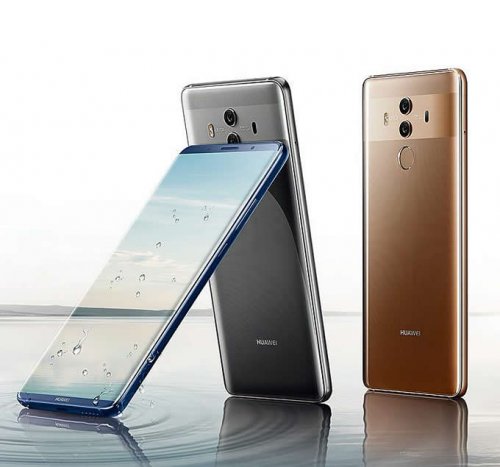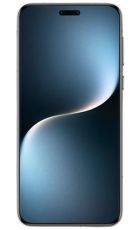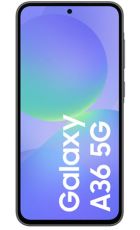The Huawei Mate 10 Pro is perhaps the clearest attempt yet from Huawei to truly compete with huge names like the iPhone X and Samsung Galaxy Note 8.
It’s a phone with seemingly almost no compromises, from its premium design to its big AMOLED screen, its masses of RAM, its huge battery and its dual-lens camera.
But does it really live up to its specs? And is that enough for it to stand out in a sea of high-end handsets, even with its slightly lower price of around £700? Read on to find out.
Screen
If there are any compromises to the Huawei Mate 10 Pro they’re found in the screen, as at 1080 x 2160 isn’t as high resolution as, say, the Samsung Galaxy S8, or oddly even the Huawei Mate 10.
Coupled with its large 6.0-inch size that leads to a fairly ordinary pixel density of 402 pixels per inch, but while not exceptional that’s still pretty sharp, and not too far off the 458ppi iPhone X.
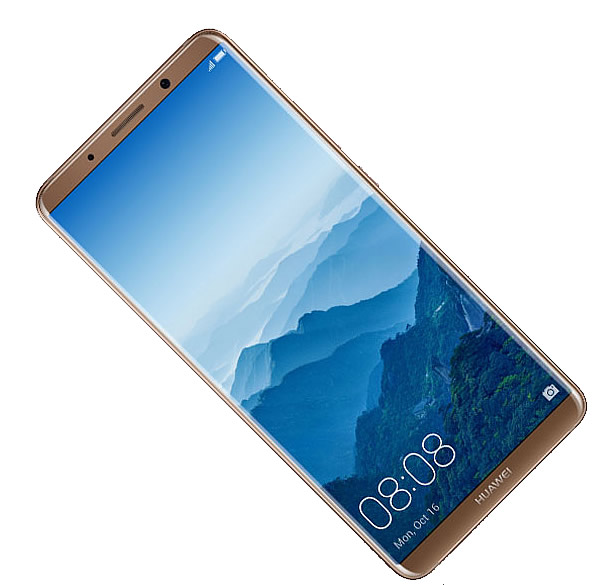
And that’s where the criticisms of the Mate 10 Pro’s screen end, because in every other way it impresses. For one thing, it uses AMOLED, which a lot of phones still don’t, and which delivers superior contrast and more vibrant colours than LCD, as well as being potentially lighter on the battery.
It also supports HDR10, so you can enjoy HDR video content on the phone, which again, is a relative rarity. And it’s super widescreen at 18:9. All of that plus the sheer size makes it great for media.
Design
The Huawei Mate 10 Pro has a design that’s similar to other flagship phones, but that’s no bad thing. There’s a slightly curved glass back and a metal frame, so the materials are premium, it’s also almost all screen on the front, with tiny bezels, and there’s a coloured strip running across the back that gives the phone a slightly more unique look.
Other than that though the back is fairly plain, aside from a dual-lens camera (which sticks out ever so slightly) and a fingerprint scanner.
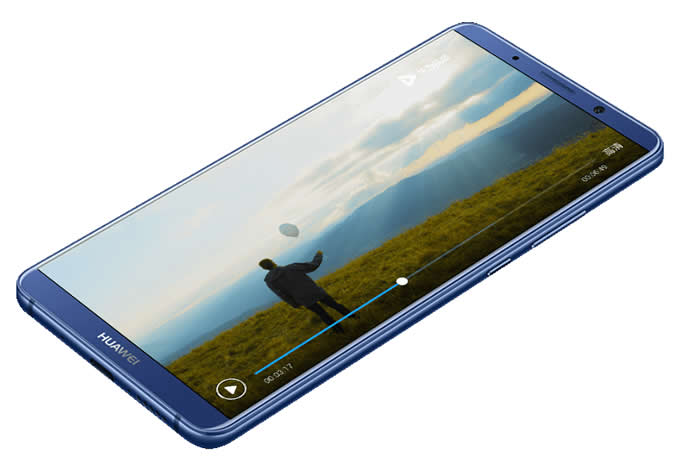
The Mate 10 Pro is slim at 7.9mm thick and it’s IP67 certified water and dust resistant, meaning it can be submerged up to one metre deep for up to 30 minutes.
Overall it looks great, though it can pick up fingerprints, and it’s likely quite fragile, but Huawei includes both a screen protector and a basic case with the phone, so you won’t have to spend extra to keep it protected.
Power
There’s an octa-core Kirin 970 processor in the Huawei Mate 10 Pro, with four cores running at 2.4GHz and four running at 1.8GHz. That puts it roughly on a par with most of 2017’s flagships, but where it has the edge is its RAM, as the Mate 10 Pro has 6GB of the stuff, while most rivals have just 4GB.
The upshot is that performance is super smooth, and the Mate 10 Pro has an extra trick up its sleeve too, as it also uses AI to help with certain tasks. That aspect of the phone was heavily marketed, and while it doesn’t feel like it’s having a huge impact in use, Huawei promises that this AI will help prevent the phone slowing down over time, which will be enormously useful if true.
The phone also runs Android Oreo, so its software is completely up to date, though Huawei has quite heavily skinned it with its Emotion UI.
Camera
Cameras are one of the most competitive aspects of smartphones lately and the Huawei Mate 10 Pro doesn’t disappoint there.
It has two cameras on the back – a 20MP one and a 12MP one, both of which have an f/1.6 aperture, which means they have large lens openings and so they can capture a lot of light, making them good in low light.
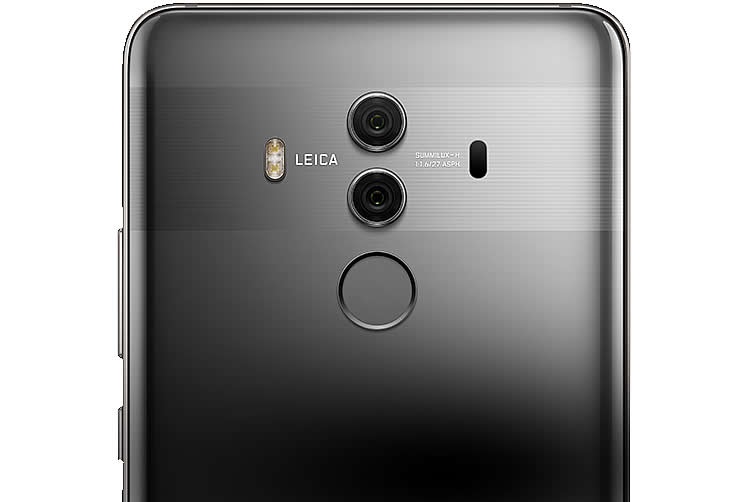
Those two lenses also allow for 2x lossless zoom, so you can get closer to your subject without actually moving.
The camera also has optical image stabilization, a dual-LED flash and loads of shooting modes and options to tweak – though it’s perfectly capable even if you just point and shoot on auto mode.
Plus, it can shoot video in up to 2160p at 30fps and there’s an 8MP camera on the front. It’s a strong setup then, not quite a match for the very best camera phones like the Pixel 2, but not far off.
Features
The Huawei Mate 10 Pro has a few features worth highlighting beyond the basics. For one thing, it has stereo speakers which can deliver loud, clear sound, which along with the great screen makes this an excellent media machine. Though it’s worth noting that on the flipside there’s no 3.5mm headphone port.
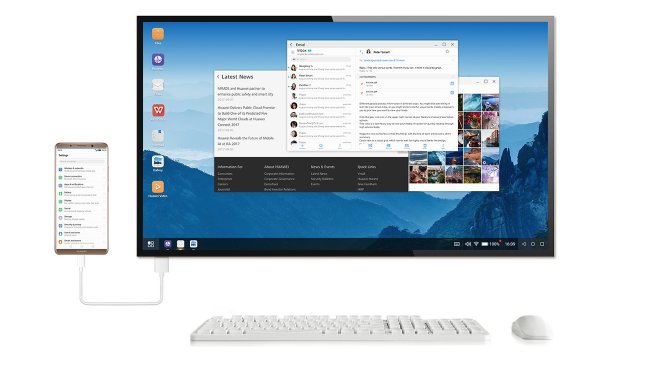
It’s also got a desktop mode, which means you can plug the Mate 10 Pro into a monitor or TV and either use it like a desktop computer by hooking up a mouse and keyboard, or grab a controller and turn it into a makeshift console. Or just view things on a bigger screen. It’s a handy feature and one which requires no extra outlay.
Battery life, memory and connectivity
The Mate 10 Pro has a massive 4,000mAh battery, giving it enough life to just about last two days of moderate use. That’s a lot more than most phones, which tend to require a nightly charge.
It’s also got a meaty 128GB of built-in storage, which should be plenty, but it will have to be, as there’s no microSD card slot.
Connectivity options include Wi-Fi, 3G, 4G, Bluetooth 4.2 and NFC.
Verdict
The Huawei Mate 10 Pro has a whole lot going for it, including a big, high-quality screen, a premium design, a great dual-lens camera, lots of battery life, plenty of storage, loads of power and extras, like its desktop mode, stereo speakers and AI smarts.
It’s not perfect, thanks to a slightly lower than ideal resolution, plus the lack of a microSD card slot or headphone port, but those are minor blemishes against what’s otherwise a fantastic phone, one that’s well worth the money it costs.
Dimensions (mm): 154.2 x 74.5 x 7.9
Weight (g): 178
Battery capacity (mAh): 4000
Colours: Midnight Blue, Titanium Grey, Mocha Brown, Pink Gold
Screen size (inches): 6.0
Resolution: 1080 x 2160
Pixels per inch (PPI): 402
Processor: Octa-core 2.4GHz
Processor make: Kirin 970
RAM: 6GB
Internal storage: 128GB
Expandable storage up to (GB): N/A
Camera: 20MP + 12MP (8MP front-facing)
Operating System: Android 8.0 Oreo


